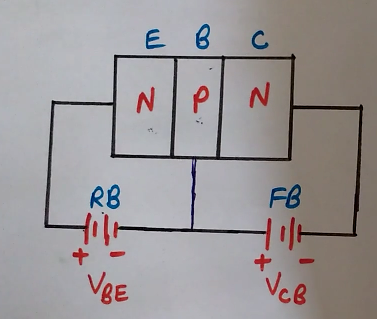Here are Some Interesting Facts about Europe
2.Area of Europe is 10,180,000 kilometer square (3,930,000 square miles).
3.It has 50 sovereign states 6 with limited recognition.
4.The borders of Europe are- the Arctic Ocean in the north, the Atlantic ocean in the west and the Mediterranean sea in the south.
5.If We combine Europe and Asia then the landmass formed is known as Eurasia.
6.The ratio of coast to landmass is highest for Europe in comparison to any other continent or subcontinent.
7.Elbrus (Russian Federation) is the highest point of Europe.
8.Lake Lagoda (Russia) is the largest lake of Europe.
9.Copenhagen is known as the key to the Baltic States.
10.Scandinavian countries are- Denmark, Norway, Iceland, Sweden and Finland.
11.Finland is also known as the land of forests and lakes.
🌓READ THIS ALSO:-
Facts about North America - North America Map and Globe - Continents of the World
12.Nordic countries are- Denmark, Finland, Sweden, Iceland and Norway.
13.Baltic state- Lithuania, Latvia and Estonia.
14.Commonwealth of independent States (CIS) includes Russia and 11 independent States its headquarter is present in Minsk (Belarus).
15.Balkan States- Serbia, Montenegro, Croatia, Bosnia, Macedonian, Bulgaria, European Turkey, Albania and Greece.
16.Reykjavik of Iceland is the world's most northerly capital.
17.British isles consists of United Kingdom (UK) and the republic of Ireland.
18.Russia and Spain are the first and second largest countries in the Europe respectively.
19.Turin (Italy) is also known as 'Detroit of Italy".
20.England, Wales. Scotland, Northern Ireland, Channels Islands and Isle of man come under United Kingdom.
21.Stockholm which is the capital of Sweden is known as "Beauty on the sea".
22.Amsterdam (capital of Netherlands) is famous for diamonds.
23."Manchester of Poland' is the name given to Lodz (Poland).
24.France is also known as the "Country of farmers".
25.Bulgaria is considered to be the oldest country in the European continent.
🌓READ THIS ALSO:-
Facts about the Europe
1.Europe is the second smallest continent in the world.2.Area of Europe is 10,180,000 kilometer square (3,930,000 square miles).
3.It has 50 sovereign states 6 with limited recognition.
4.The borders of Europe are- the Arctic Ocean in the north, the Atlantic ocean in the west and the Mediterranean sea in the south.
 |
| European Countries Map |
5.If We combine Europe and Asia then the landmass formed is known as Eurasia.
6.The ratio of coast to landmass is highest for Europe in comparison to any other continent or subcontinent.
7.Elbrus (Russian Federation) is the highest point of Europe.
8.Lake Lagoda (Russia) is the largest lake of Europe.
9.Copenhagen is known as the key to the Baltic States.
10.Scandinavian countries are- Denmark, Norway, Iceland, Sweden and Finland.
11.Finland is also known as the land of forests and lakes.
🌓READ THIS ALSO:-
Facts about North America - North America Map and Globe - Continents of the World
13.Baltic state- Lithuania, Latvia and Estonia.
14.Commonwealth of independent States (CIS) includes Russia and 11 independent States its headquarter is present in Minsk (Belarus).
15.Balkan States- Serbia, Montenegro, Croatia, Bosnia, Macedonian, Bulgaria, European Turkey, Albania and Greece.
16.Reykjavik of Iceland is the world's most northerly capital.
17.British isles consists of United Kingdom (UK) and the republic of Ireland.
18.Russia and Spain are the first and second largest countries in the Europe respectively.
19.Turin (Italy) is also known as 'Detroit of Italy".
20.England, Wales. Scotland, Northern Ireland, Channels Islands and Isle of man come under United Kingdom.
21.Stockholm which is the capital of Sweden is known as "Beauty on the sea".
22.Amsterdam (capital of Netherlands) is famous for diamonds.
23."Manchester of Poland' is the name given to Lodz (Poland).
24.France is also known as the "Country of farmers".
25.Bulgaria is considered to be the oldest country in the European continent.
🌓READ THIS ALSO:-
 |
| World Famous Historical Monuments and Landmarks |
 |
| Largest Deserts in the World |
 |
| 25 Amazing Facts about United States of America (USA) |
 |
| Cool Facts about North America |
 |
| Important Islands of North America |
 |
| Parliaments and Countries |
 |
| Important Signs and Symbols with their Meanings |
 |
| Top 10 Largest Airlines in the World |
 |
| Most Popular Newspapers in the World |
 |
| Important International Days and Dates |














